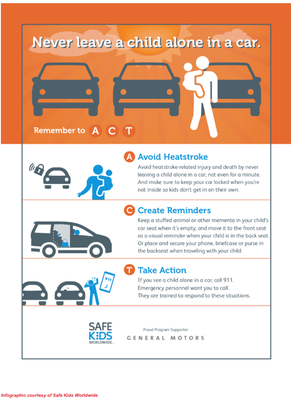Family Advisory Network (FAN) Mail!
What is FAN Mail?
In each issue of the EMSC Pulse, you will find a “FAN Mail” section with information specific to our Family Advisory Network (FAN) members. Each issue will contain announcements, links to resources and highlights of the work being accomplished by the FAN members across the country.

Advocacy Opportunity for FAN Members
National Association of Emergency Medical Technicians (NAEMT) Advocacy Coordinators are NAEMT members who have been appointed to help our members build and support NAEMT's advocacy efforts within their respective states. Their roles and responsibilities will include:
- Conducting outreach to NAEMT members in the state to encourage and support member participation in national EMS advocacy efforts
- Updating members on the status of pending national legislation and regulation
- Coordinating visits to the district offices of the state's U.S. Senators and House Representatives to educate congressional leaders and staff about the issues that affect delivery of EMS to communities within the state
- Building relations with the state EMS office and state EMS association(s)
- Coordinating state involvement in national advocacy campaigns
Contact the advocacy coordinator in your state and let him/her know that you are interested in federal advocacy issues and are willing to help. States that currently do not have an advocacy coordinator are Arkansas, Georgia, Maine, Minnesota, Montana, New Mexico, New York, Oklahoma, Washington, Wyoming, and the District of Columbia.
A-C-T to Prevent Vehicle-Related Heatstroke

by Kristen Beckworth, MPH, CHES, CPSTI
As temperatures continue to climb the summer, we all need to prepare ourselves and our loved ones for what some experts say will be an even longer, hotter summer than usual. When heat levels rise, so does the risk of heatstroke, a fatal form of hyperthermia, in adults and children alike.
In fact, heatstroke is the leading cause of vehicle-related deaths in children behind car crashes. These statistics are frightening; especially considering these heat-related tragedies are completely preventable. On average, a child dies every 10 days from a heatstroke in a vehicle. In 2018, 29 children have died from heatstroke in vehicles so far – two of these incidents occurred in our Greater Houston area.
It could be easy for any of us to forget a quiet infant or child in car when they’re often sleeping so peacefully or occupied by a device. It might also be tempting to grab your keys and leave them alone in the car while you run into the store quickly. In all cases, leaving a child alone in a hot car can lead to serious injury or death from heatstroke. Young children are particularly vulnerable in these situations, as their bodies heat up 3-5 times faster than an adult’s.
When you stop the car’s air conditioning before hopping out, the internal temperature of the car will quickly become hotter than outside of it. If the temperature outside is 80 degrees Fahrenheit, the inside of a closed car could reach 109 degrees Fahrenheit within just 20 minutes. Cracking a window does very little to keep the inside of a car cool. It’s critical to remember that we can all ACT together in preventing heat-related injuries and fatalities from hot vehicles.
Heatstroke in Cars A – C – T
A: AVOID heatstroke and other heat-related injuries by never leaving your child alone in a car … not even for a minute. In Texas, this is a crime and can result in a class C misdemeanor in the most harmless of situations. When the vehicle is at home, keep the doors locked and keys out of a child’s reach.
C: CREATE reminders! Place an item you need in the back of your car or next to your child, such as a briefcase, wallet or cell phone. This is especially important if you’re not following your normal routine. If your child is with a care provider, ensure vehicle-related procedures are in place, such as vehicle searches or locking vehicles when not in use. Use technology to your advantage and use apps or other communication methods with your childcare provider.
T: TAKE action. If you see a child alone in a car, call 9-1-1. Emergency personnel want you to call, and they’re trained to respond swiftly to these situations. One call could save a life.
Heatstroke in Cars: By the Numbers

- 10 minutes: the amount of time it takes for a car temperature to become deadly
- 37 children: the number that die from heatstroke in cars on average every year
- 57 degrees: the lowest known outside temperature at which heatstroke can occur
By Circumstance

742 children died from heatstroke in cars from 1998 – 2017
- 54% were forgotten by a caregiver
- 28% were playing in a vehicle alone
- 17% were left in the vehicle by an adult on purpose
- 1% died under unknown circumstances
Safety Tips

CHECK the back seat every time you leave the car
TELL your childcare provider to call you when your child is absent
SET UP a reminder system by leaving your phone in the back seat
ALWAYS keep car doors and trunks locked and keys out of reach
CALL 911 if you see a child left alone in a vehicle
Sources and Info:
Source: U.S. Department of Transportation, National Highway Traffic Safety Administration (NHTSA), Traffic Safety Marketing. Fact Sheet: 2018 Heatstroke Prevention Campaign
Subscribe to the EMSCPulse
Get the EMSCPulse Newsletter delivered to your inbox every month.